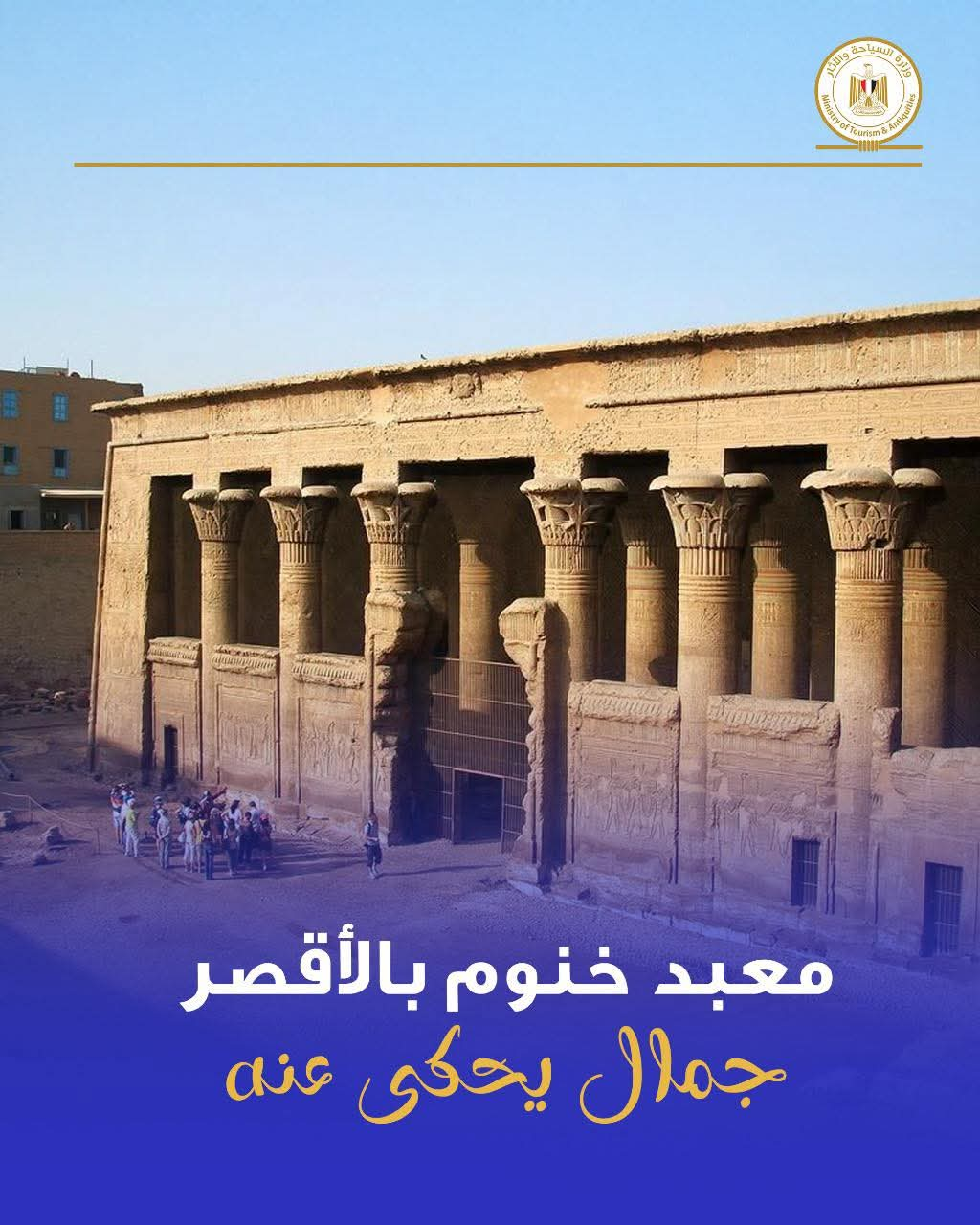كتب: عبد الرحمن مصطفى
يقع على الضفة الغربية للنيل بمدينة إسنا بمحافظة الأقصر، ويعود تاريخه إلى العصر اليوناني؛ حيث بدأ إنشاءه عام 186 ق.م. خلال عهد الملك بطلميوس الخامس، وكُرس لعبادة المعبود خنوم، واستمر بناءه حوالي 400 عام حتى عهد الامبراطور الروماني ديكيوس.
قامت وزارة السياحة والآثار نهاية عام 2018، بالبدأ في أعمال ترميم المعبد، بهدف إظهار الرسومات التي يتفرد بها، وتضمنت الأعمال تنظيف الحوائط وتثبيت الألوان وإزالة السناج وإعادة تركيب بعض البلوكات الحجرية التي تساقطت عبر الزمن.
وقد نجحت البعثة الأثرية المصرية الألمانية المشتركة، والعاملة بالمعبد منذ أواخر عام 2018، في الكشف عن النقوش والصور والألوان الموجودة على أسقف وجدران المعبد لأول مرة، وذلك بعد الانتهاء من أعمال ترميمها وتنظيفها ضمن مشروع ترميم المعبد.
Temple of Esna
Located on the west bank of the Nile River in the city of Esna, within Luxor Governorate, the Temple of Esna dates back to the Greco-Roman period, with its construction beginning in 186 BC during the reign of King Ptolemy V. It was dedicated to the worship of the deity Khnum and continued to be built for about 400 years until the reign of the Roman Emperor Decius.
In late 2018, the Ministry of Tourism and Antiquities initiated restoration work on the temple to highlight its unique paintings. The restoration efforts included cleaning the walls, stabilizing the colors, removing soot, and reinstalling some stone blocks that had fallen over time.
The joint Egyptian-German archaeological mission working at the temple since late 2018 successfully uncovered the inscriptions, images, and colors on the ceilings and walls of the temple for the first time after completing their restoration and cleaning efforts as part of the temple restoration project.



